“This is not so much a total immersion, more of a quick shower,” said Simon Wright, biographer of Villa Lobos at the start of the day-long exploration of his music. With up to 1,500 works in existence – the exact number is unconfirmed – he promised we’d be “hacking our way through a tiny part of this immense jungle”, to use another metaphor that seems alarmingly appropriate with this composer.
Heitor Villa Lobos (1887-1959) was Brazil’s greatest "classical" composer and yet less than a handful of works are commonly played in Europe. Best-known is his luxuriant Bachianas Brasileiras No 5, in which a sultry melody is sung over an orchestra of eight cellos, and the Guitar Concerto and solo guitar Preludes and Etudes, composed for Segovia and popularised in the UK by Julian Bream.
So the BBC’s Total Immersion day was very welcome, with three concerts (chamber, choral and orchestral), a film and an entertaining and insightful introduction by Wright, also author of a study of Villa Lobos (published by OUP). It ended in a magnificent maelstrom of colour with the BBC Symphony Orchestra and Chorus conducted by Sakari Oramo (pictured below).
It wasn’t a surprise to hear that the score lasts about 90 minutes, while the film lasts only 60
Villa Lobos was born in Rio, a year before slavery was abolished in Brazil, and died just before the government was transferred to the modernist capital of Brasilia. It was a period of exploration and the opening up of Brazil’s vast hinterland for coffee, cocoa, sugar and rubber production. It’s a time evoked in Conan Doyle’s The Lost World, published in 1911, where the jungle with its Stone Age tribes was a fascinating and terrifying place. And the jungle, with its bird and animal sounds and unstoppable fecundity, is a constant source of inspiration for Villa Lobos. The music of the Amerindian population too, although his journey around the country collecting indigenous music is a self-promoted myth. He drew on the collections of ethnographer Edgar Roquette Pinto. These fed into the early ballets Amazonas and Uirapurú from 1917, the second of which opened the final concert of the day.
Jungle and bird sounds were also strongly evident in the chamber music concert of four pieces played by students of the Guildhall School of Music – Quinteto em forma de chôros, Assobio a játo (jet whistle), Quinteto Instrumental and some songs for voice and piano. They are all for different combinations of instruments and draw on the Rio style of street music called chôro. This was a sort of Brazilian ragtime, played by small groups of instruments typically including flute, clarinet, saxophone, guitar, cavaquinho (ukulele) with Pixinguinha (1897-1973) being the most popular composer. When Villa Lobos went to Paris in 1922 and took his Quarteto Simbôlico (for flute, saxophone, harp, celesta and female voices) and his Nonet (for flute, oboe, clarinet, saxophone, bassoon, celesta, harp, piano, percussion and mixed chorus) he was urged to create his own Brazilian forms, rather than write music that didn’t really fit the European forms. So he started writing his Chôros pieces.
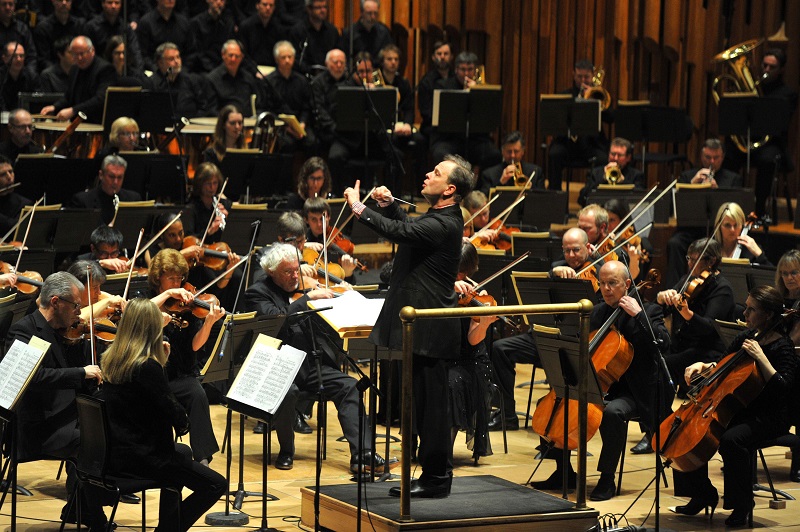
But the other inescapable influence here is France. In the first decades of the 20th century, Paris was the artistic capital of the world and hugely influential on the creative elite in Brazil. Listening to these chamber pieces, the late Debussy of the Sonata for flute, viola and harp and the music of Poulenc and Milhaud are never far away. (Pictured below, young musicians perform Villa Lobos as part of BBCSO Learning.)
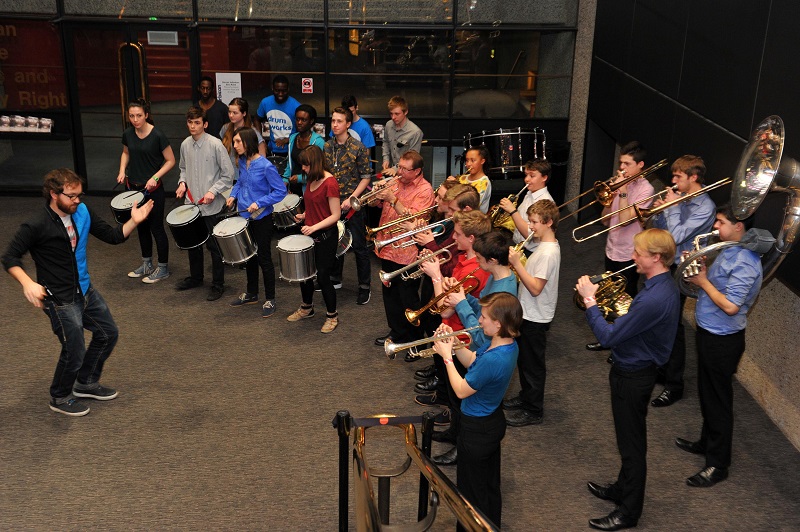
The choral concert, by the BBC Singers, alternated various choral pieces – including some lovely religious settings – with some of the Etudes for solo guitar, played by Sean Shibe. The Etudes are less attractive concert pieces than the Preludes, and Shibe played them rather solemnly. They brilliantly focus on specific techniques - fast arpeggios, repeated chords, a sustained melody – and must be ferociously difficult. You wish he looked like he was enjoying them more. The undoubted highlight was the concluding Bachianas Brasileiras No 9 (usually played by string orchestra) for unaccompanied chorus.
Can’t a Brazilian symphony be different?
The Bachianas Brasileiras were another form invented by Villa Lobos in which he wanted to bring together the beauties of Brazilian music with his love of Bach. No 9 is one of the best as the inspiration of Bach is clear with its Prelude and Fugue structure. The fugue is one of Villa Lobos’s most accomplished pieces, combining the Brazilian lyricism of a catchy, syncopated fugue subject with impressive contrapuntal technique.
This thrilling performance, and the final concert by the BBC Symphony Orchestra under Sakari Oramo, suggests one of the reasons Villa Lobos has been slow to enter the regular repertoire. Why Bachianas Brasileiras No 9 works so well is because its structure is clear and satisfying. It has a clearly recognisable theme that returns and gets developed. Similarly with the popular No 5. There’s a gorgeous tune and a clear strophic structure. But most of Villa Lobos’s music isn’t like that at all. It’s colourful, striking, melodic, but he moves from one idea to the next, often never returning to a theme at all.
The final concert included Symphony No 9, composed in 1952. The titles of the four movements – Allegro, Adagio, Scherzo vivace, Allegro giusto – are what you would expect on a Beethoven or Brahms symphony, but Villa Lobos isn’t interested in returning to his themes or developing them as they would. The opening music is muscular and rhythmic, pressing insistently forward but we don’t seem to hear it ever again. If you ask, "What is the main theme of Villa Lobos’s Ninth Symphony?", there isn't an answer. But that’s the Austro-German definition of a symphony. Can’t a Brazilian symphony be different? Villa Lobos liked music to take you on a journey. And if you’re going on a journey why keep returning to the same themes or places?
One of the reasons for this BBC Total Immersion was apparently Sakari Oramo’s love of Villa Lobos. As a Finn (and graduate of Helsinki’s Sibelius Academy), he grew up on the symphonies of Sibelius and has recorded them all. Although not as radically as Villa Lobos, Sibelius is a composer who also moved away from the classical idea of a symphony to something more individual. Could that be why Oramo is particularly open to Villa Lobos? Should we see Villa Lobos as the Sibelius of South America?
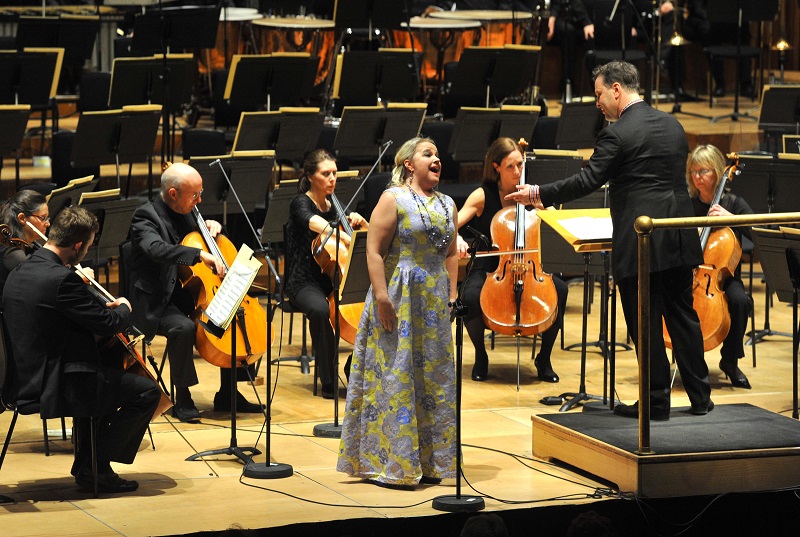
The most impressive piece, and one that really deserves to be far better known, was the concluding, Chôros No 10 (1926). It’s a vast choral and orchestral fresco full of birdcalls, forest fronds, Amerindian language and the urban swirl of Rio. The piece is built with blocks of orchestral colour – sweeping string melodies, shrieking wind, brass interjections, outbursts of percussion and syncopated rhythms. Colourful and filmic, it made a glorious finale and got a rapturous welcome. Let's hope there might be more Villa Lobos to get immersed in before too long. Around the World Cup perhaps? Villa Lobos was no fan of football and said: “Football makes human intelligence detour from the head to the feet.”
- The three concerts have been recorded for transmission in Radio 3’s Afternoon on 3 from 18 March and can be heard on BBC iPlayer for a week afterwards.

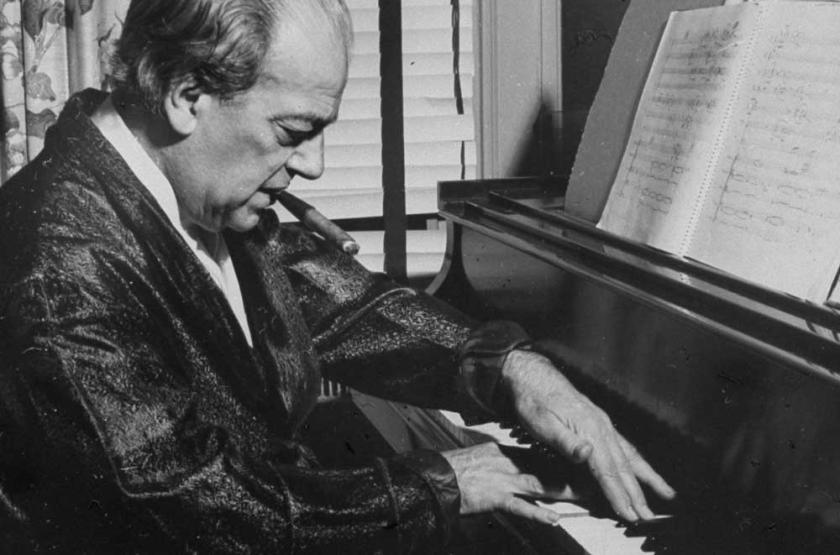





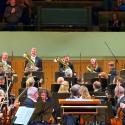
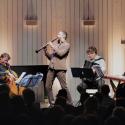






Add comment